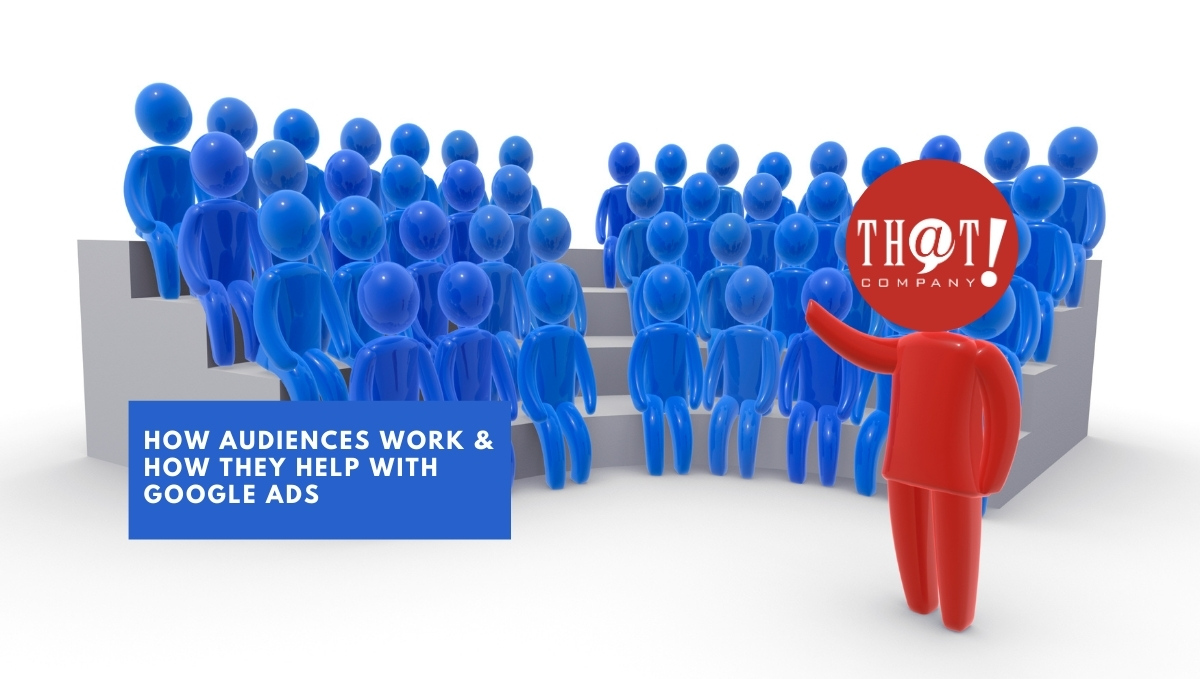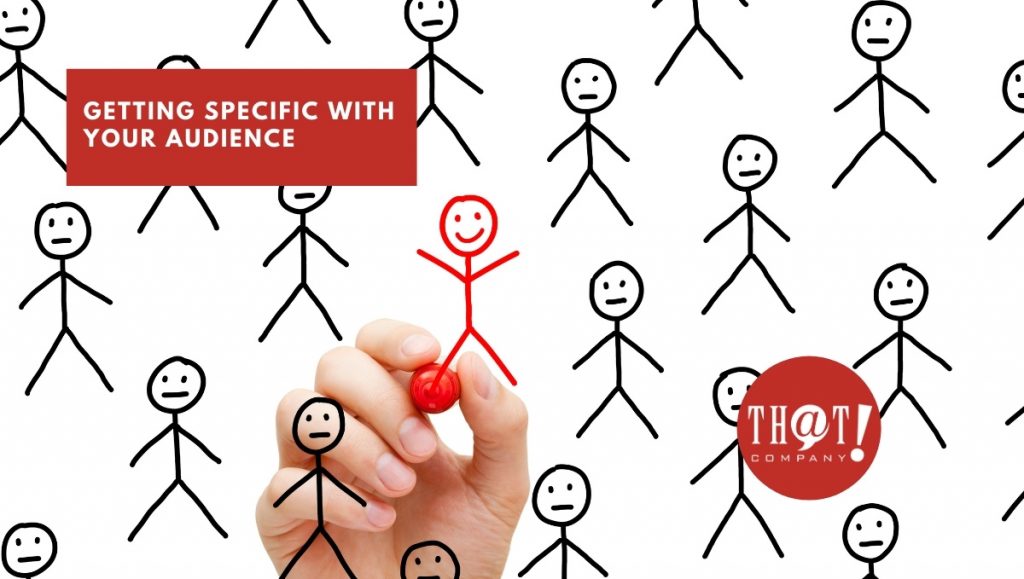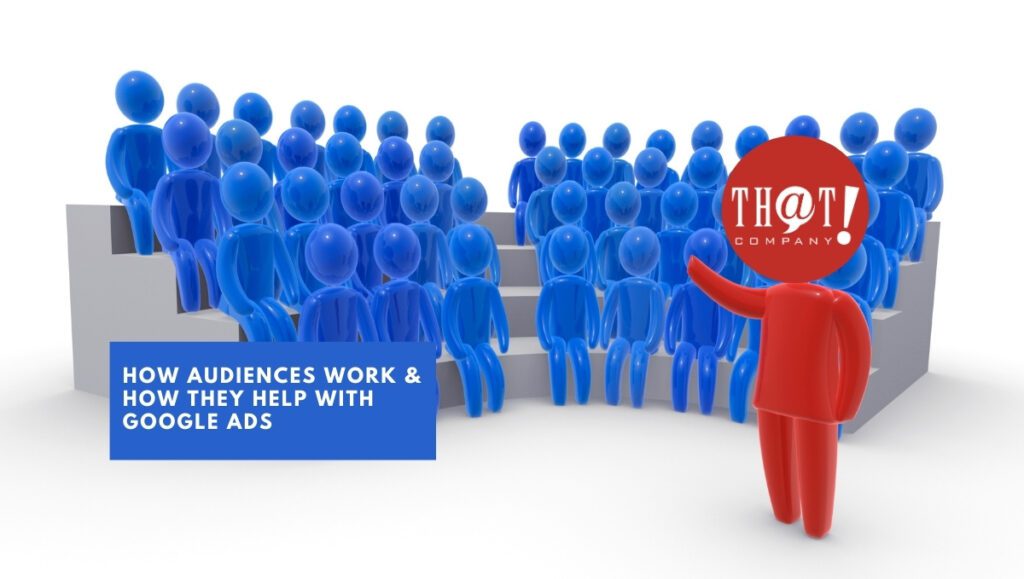
In entertaining, you spend countless hours creating a storyline and investing large amounts of money to put on a production. The effort isn’t extended for just personal satisfaction, but to have others enjoy your work. In news publications, you want to reach as many people as possible. You want to inform them of events locally, nationally, and worldwide. Even your business works by getting the attention of people to build interest in your product or service. This will help your business grow.
All three of these examples want to reach a specific group of people to help with their endeavors whether it is entertainment, passing information, or selling a product or service. These groups in one meaning or another are audiences, some consist of a wide range of members and some are very specific as to who they are trying to attract. Getting the news out to the public is an example of a large audience with many types of backgrounds, but they are all interested in what is happening in their local area as well as around the world. Entertainment can attract audiences with varied likes depending on the program or movie but could be a very limited audience depending on the genre of production such as suspense, romance, etc.
[bctt tweet=”When it comes to business you can have an audience covering a wide range of people for general services.” username=”ThatCompanycom”] This can be as car services, home cleaning services, yard services, and others, or you can have a more focused audience for products such as health and nutrition products, specialty food products, or high-end cars.Getting Specific with Your Google Audience

The more specialized your service or product is, the smaller your audience will be. This can make advertising efforts tricky trying to find those buyers interested in your product or service. We have all seen ads on television which are seen by many people no matter their interest in a product or service. In print productions, ads can be in publications for specific interests thereby narrowing and limiting the audience that sees them.
The same holds in digital marketing, audiences play a major part in building an advertising campaign. Google has several ways of building and using these audiences to help build traffic to your site. This will increase the opportunity to have users convert, whether it is a form fill, phone call, or a purchase.
Google audiences are created in both a Google Ads account and Google Analytics. It is created by using variables depending on the type of audience you want to target. The most general audience is All Users and Google creates this automatically when you begin to create Google audiences in Analytics. This will gather information for all users that visit your site.
This is true whether they get there directly, by clicking on an ad, or as a referral from another site. This audience is set for a duration of 30 days. Meaning after 30 days if the user doesn’t return to your site they will be dropped from the list. You can build a custom audience, using a different name, to track the same users. Then you can set the duration for up to 540 days.
More Features and Tools

If you want to offer new visitors to your site a special offer there are features for this. Google Analytics will compile audiences for new users. This could be an example of how long you set the duration on the audience’s life. If you feel 30, 60, or 90 days is all you want to make an offer available to a new visitor, set that time period in the duration field. Again, at the end of the duration period, users will drop from the list. Then they will not receive ads with those special deals any longer. You can do the same for returning visitors.
You can build audiences for users that have visited specific pages on your site. This allows you to focus ads for those products or services to improve your chances of a user completing a conversion. Completing goals is another audience that can be built on users that have completed a contact form or signed up for a newsletter. Another audience that is available is for those users that have completed a transaction. These audiences can be used to send special offers on future purchases.
Tips for the Features
The descriptions I have presented are just the basic level and they can be manipulated to focus on a more specific audience. You can add demographic filters to target specific age groups, gender, or language. You can set up affinity audience filters to target specific user habits and interests as well as in-market filters to target users that have made purchases, not necessarily from your company.
Affinity audiences are used more on users higher in the funnel just starting to look for a product or service, where in-market audiences are targeting users closer to the end of the funnel since they have already shown interest in a product or service. One last filter that can be applied is a user’s location. This is very useful when you are looking to target specific areas of the country or a state, so you can focus more on those areas.
This is just one out of many google ads tools that can help your company grow your audience. If you want to optimize this service, you may want to use a white label. If you still have questions, about white label branding, feel free to click the link to learn more.
Building and Applying Your Google Audiences

Audiences are built from your search campaign ads and originally utilized for display remarketing. Google came out with RLSA targeting in which you apply an audience to a search campaign to help focus more on the users you want to focus on.
Audiences can be applied at three levels of the account depending on how they are to be used. An audience for all users that have visited your site can be used at the account level so anyone that has visited your site will be targeted. Audiences can be assigned at the campaign level for users that previously visited your site for the product or service the campaign is focused on. In some cases, you will have a category page with multiple products or services listed. In these cases, audiences can be applied at the ad group level for the appropriate product or service.
Final Tips and Tricks
When you create your audiences in analytics, you assign the Google Ads account and Google Analytics account you want to have associated with the audience. These assignments are limited to Google Ads accounts that are linked to the analytics account.
In Google Ads, you have available the audiences you built-in Google Analytics. Along with custom audiences you can build within the ads account. There are two settings for the audiences you assign, “Targeting” and “Observation”.
When using the “Targeting” setting Google will look for who you’d like to reach with your ads. It also takes into account where you would like to show your ads on the internet. Targeting will limit the reach of your ad group. You can use custom bid adjustments on the audience on specific criteria.
When using the “Observation” setting, the reach isn’t affected, it won’t change who can see your ads or where they show. However, it does allow you to monitor how ads are performing for your placements and topics while your ads are running. You can use the information from this setting to make custom bid adjustments on specific criteria along with the audience itself.
While we want to have as many people see our ads as possible, it is most beneficial to utilize audiences to more directly target the users and prospective clients that are surfing looking for products or services. Increase your return on ad spend by narrowing your target audience with filters from demographics to what pages of your site a user has visited.
Need help with digital advertising? Consider using our white label services. Also, feel free to contact us and let us know what you think of the article and if this helped you learn more about audiences.

























